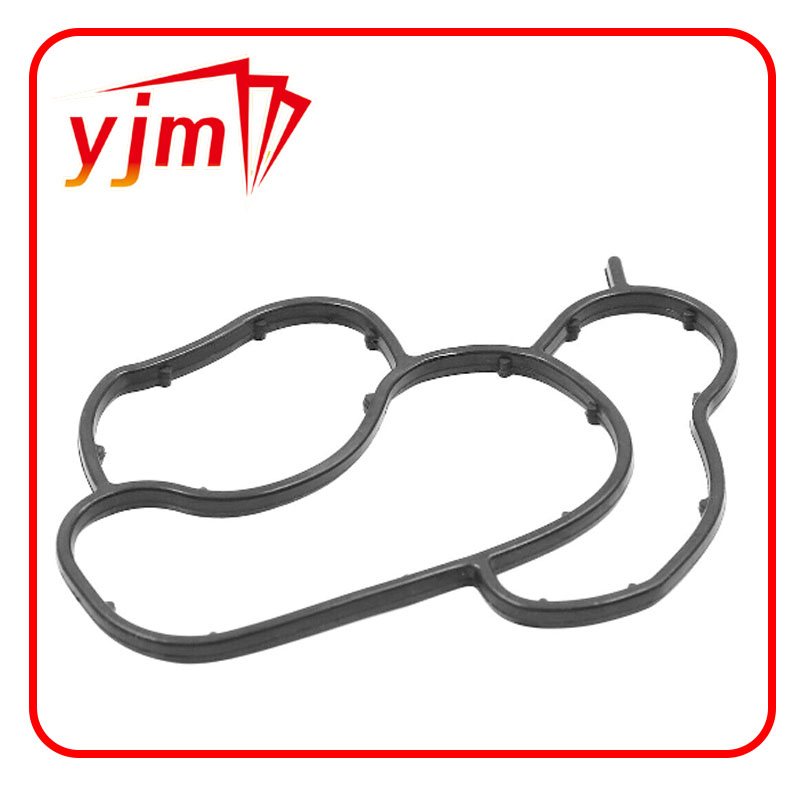Exploring the Importance of Differential Cover Seal in Vehicle Maintenance and Performance Enhancement
Understanding Differential Cover Seal Importance and Maintenance
The differential cover seal is an often-overlooked yet crucial component in the automotive world, playing a vital role in the proper functioning of a vehicle's differential system. This seal not only helps maintain the integrity of the differential fluid but also ensures the longevity and efficiency of the entire drivetrain system. As vehicles become more complex, understanding the purpose and maintenance of the differential cover seal becomes increasingly important for both car enthusiasts and everyday drivers.
What Is a Differential Cover Seal?
The differential cover seal is a gasket or sealing material placed between the rear (or front) differential housing and its cover. Its primary purpose is to prevent the leakage of differential fluid, which lubricates the gears inside the differential. This lubricant is critical for the smooth operation of the gears and helps dissipate heat generated by the friction. A well-functioning differential cover seal ensures that the lubricant stays contained, maintaining the necessary fluid levels for optimal performance.
Signs of a Failing Differential Cover Seal
Over time, the differential cover seal can degrade due to exposure to heat, pressure, and various environmental factors. Here are some common signs that your differential cover seal may be failing
1. Fluid Leaks The most obvious sign is finding differential fluid pooling underneath the vehicle. The fluid is typically a reddish or brown color and has a distinct odor. Regularly inspecting the differential area for leaks can help catch issues early.
2. Unusual Noises If you hear grinding or whining noises coming from the differential, it may indicate a low fluid level due to a leak from a compromised seal. This can lead to more serious damage if not addressed promptly.
3. Increased Heat A failing seal can lead to inadequate lubrication, causing the differential to overheat. If the differential housing is excessively hot to the touch, it may warrant a closer inspection of the seal and the fluid levels.
differential cover seal

Maintenance of the Differential Cover Seal
Maintaining the differential cover seal can significantly extend the lifespan of your vehicle's differential system. Here are some practical tips for upkeep
1. Regular Inspections Periodically check the differential area for any signs of fluid leaks or buildup of dirt and grime. Early detection of leaks can help address issues before they escalate.
2. Fluid Changes Adhering to the manufacturer’s recommendations for differential fluid changes is essential. Changing the fluid regularly ensures that the lubricant maintains its protective properties and can help prevent leaks caused by contaminants weakening the seal.
3. Seal Replacement If you notice any signs of wear or leakage, it may be necessary to replace the differential cover seal. Replacing the seal typically involves draining the differential fluid, removing the cover, cleaning the surface, and installing a new seal before reassembling everything.
4. Professional Assessment If you're unsure about the condition of your differential cover seal, consulting a professional can provide peace of mind. Mechanics can conduct thorough inspections and recommend necessary repairs.
Conclusion
The differential cover seal is a small yet essential part of your vehicle's drivetrain system. Understanding its function and keeping an eye on its condition can prevent more significant issues down the road. Regular maintenance, checks for leaks, and timely replacement of the seal when needed will ensure that your differential operates smoothly and efficiently, providing a reliable driving experience. Whether you're a car enthusiast or just a daily commuter, paying attention to components like the differential cover seal can make a significant difference in your vehicle's performance and longevity.
-
Understanding the Front Main Engine Seal: Purpose, Maintenance, and Installation
News Jul.29,2025
-
Understanding O-Rings and Seal Rings: Types, Applications, and Custom Solutions
News Jul.29,2025
-
Understanding Crankshaft Oil Seals: Rear Seals, Pulley Seals, and Their Role in Engine Integrity
News Jul.29,2025
-
The Importance of Front and Rear Crankshaft Seals in Engine Performance and Oil Management
News Jul.29,2025
-
Crank Oil Seals: Functions, Types, and Cost Considerations in Engine Maintenance
News Jul.29,2025
-
A Comprehensive Guide to O-Rings and Seals: Types, Materials, and Global Applications
News Jul.29,2025
-
Mastering Diesel and Performance Engine Maintenance: A Guide to Critical Oil Gaskets
News Jul.28,2025
Products categories















